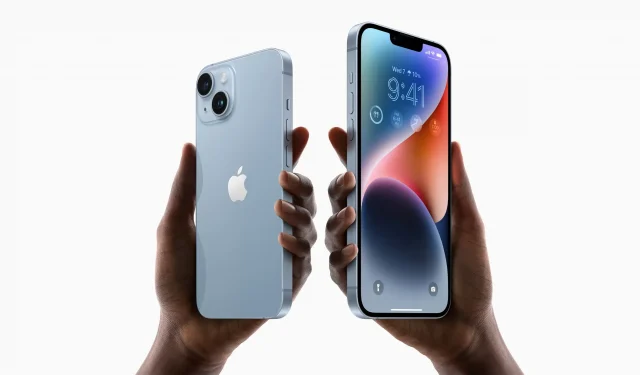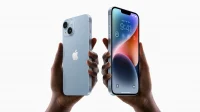In the US, Apple only used eSIM with the iPhone 14 and iPhone 14 Pro, although not all carriers support e-SIM. Here’s what you need to know.

- What is happening? Apple will ship the new iPhone in the US without a physical SIM tray. All US models will use electronic SIM technology, also known as eSIM.
- Why care? eSIM works with major US carriers including AT&T, Verizon and T-Mobile. However, many smaller ones have yet to implement eSIM support.
- What to do? If you’re using a smaller US carrier that doesn’t have eSIM support, either don’t upgrade to the new iPhone 14 or switch to one of the major carriers.
iPhone 14 only supports eSIM, but only in the US
New iPhone 14 devices unveiled at Apple’s “Far Out”event held on September 7th will not have SIM trays for models sold in the US.
While devices sold overseas will retain their physical SIM slot, iPhone 14, iPhone 14 Plus, iPhone 14 Pro, and iPhone 14 Pro Max devices sold in the US will have an eSIM exclusively.
“iPhone 14 Pro and iPhone 14 Pro Max are missing the SIM tray for US models, allowing users to set up their device faster and easier,” Apple said in a press release.
eSIM makes it easy to manage multiple phone numbers and cellular services without having to change physical SIM cards (such as separate work and personal numbers).
But the technology has yet to be rolled out to all US wireless carriers, so people using one of the smaller carriers have a simple choice: either switch to an eSIM-enabled carrier or ditch this year’s iPhone.
On the other hand, the iPhone is the most popular smartphone in the US and SIM-only use could push smaller carriers to switch to eSIM.
Consequences of using only eSIM
Regardless of how you look at it, eSIM-only use will temporarily create inconvenience for some US customers until the technology becomes available to all US carriers.
For people traveling outside the US, the lack of a physical SIM tray could mean buying an iPhone 14 outside the US just to be able to switch carriers and use non-US cellular services that don’t support eSIM technology.
As a reminder, only iPhone 14 and iPhone 14 Pro devices sold outside of the US can store multiple eSIM profiles and use two active SIMs at the same time (a physical SIM and an eSIM or two eSIMs). In addition to iPhone XS and later, Apple Watch Series 3 and later also support eSIM, as well as all iPads released in 2018 or later.
What are the benefits of eSIM technology?
All iPhone models since iPhone XS (2018) support both physical SIM cards and eSIM technology, making it the first time iPhones in the US will work exclusively with eSIM. An eSIM allows you to digitally subscribe to a cellular service without having to go to a carrier store or wait for a physical SIM card to arrive.
With an eSIM, you can do things that are not possible with physical SIM trays, such as signing up for a new plan right on your device, transferring an existing cellular plan to another device (via Bluetooth if you’re running iOS 16), switching between multiple cell plans and phone numbers, keeping multiple eSIM profiles on your device, and more.
According to The Verge, the iPhone 14 and iPhone 14 Pros cat store at least eight eSIMs, though two can be active at the same time, a feature called dual SIM.
How dual SIM technology works
This allows you to buy a prepaid SIM card in the destination country to make low-transmission local calls and maybe surf the web a bit without incurring roaming charges, while keeping your own phone number for incoming calls from home.
Visit the Apple website for a list of wireless carriers that support eSIM.
An eSIM also frees up valuable space that can be used for a larger battery or other features, and is more secure because no one can remove your SIM card if the phone is lost or stolen.


